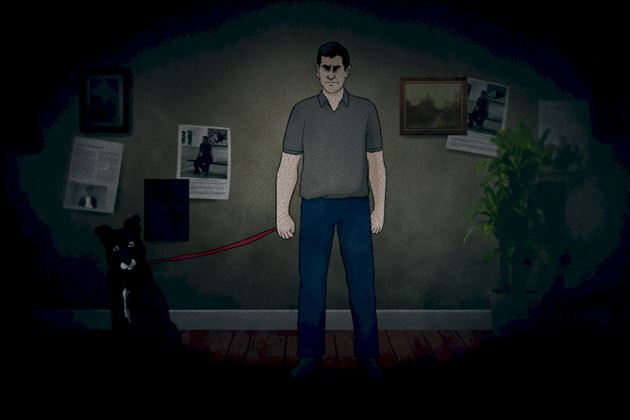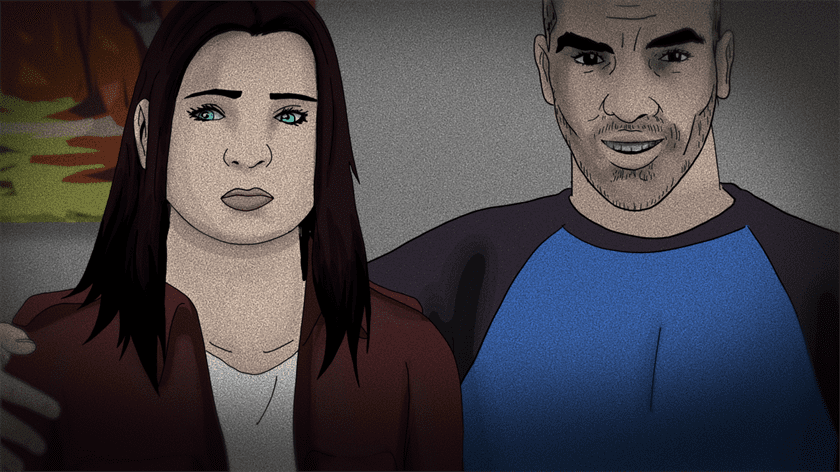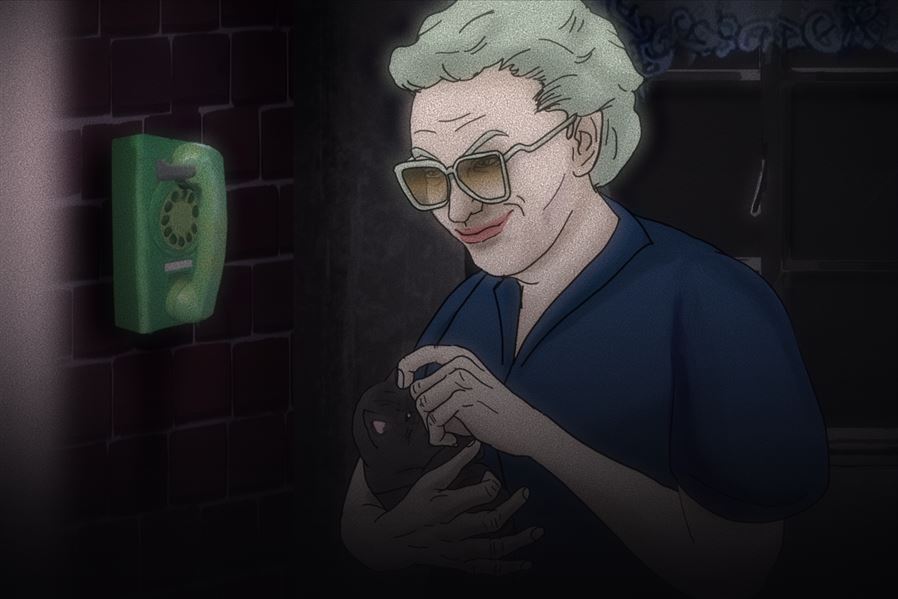Oftentimes, living with a complete stranger is a subject that hits close to home as a college student. “Worst Roommate Ever,” a true-crime Netflix docuseries released on March 1, covers four cases in which seemingly harmless individuals made the lives of those they lived with a living hell.
Dorothea Puente was a sweet old lady adored by her community in Sacramento, California, but not everything that shines is gold, which we see in episode one: “Call Me Grandma.” K.C. Joy adored his roommate and her welcoming family when he moved to Orange, California — that is until she declined his romantic advances (episode two: “Be Careful of the Quiet Ones”).
Youssef Khater was an upcoming athlete who needed monetary aid to race for his home country in Santiago, Chile, but his intentions proved to be much darker (episode three: “Marathon Man”). Jamison Bachman moved to Philadelphia, Pennsylvania to start fresh and anew, but his roommate soon realized what trouble she had unknowingly gotten herself into (episodes four and five: “Roommate Wanted”).

K.C. Joy was questioned by the police after the disappearance of his roommate, Maribel Ramos.
Photo courtesy of Netflix
As a true-crime enthusiast — a documentary junkie, if you will — I was excited to delve into this. One thing Netflix does decently well is true-crime media. And yet, it was a disappointing watch.
The main problem I have with “Worst Roommate Ever” is the way it is portrayed. The docuseries provided animated recaps during each episode on what had happened as the people involved narrated their experience. For the life of me, I could not take it seriously.
It is so silly that the docuseries would opt for cartoon-style reenactments like the average adult isn’t completely desensitized by violence. Turning people’s traumatic life events into a very poorly-made animated horror series to soften the blow is unnecessary. I don’t need a lighthearted idea of what went down when you are telling me most of these people were convicted for murder. It’s simply ridiculous.

Jamison Bachman, serial squatter, at Alex Miller’s house during their time as roommates.
Photo courtesy of Netflix
And don’t get me wrong, it is not the art style I am appalled by. I would love to see an actual animated series with the artists and animators involved, but please get them a better writers’ room.
The tone and setting in which these sorts of heavy topics are discussed are supposed to provide a safe space in which the victim can share at their own pace. It felt like the trauma, pain and suffering of these victims and survivors were overlooked to add shock value as if reminiscing the horrific people that terrorized them wasn’t enough. The nature of the questions asked by the interviewers, along with the over-the-top jump-scares coming from the animation, make “Worst Roommate Ever” a hard pill to swallow.
Another thing that’s important to highlight is the development of each criminal’s story. For example, Puente was a prolific serial killer whose crimes and victims expanded over decades. As a viewer with no knowledge of who this person was beforehand, I was underwhelmed with the information I was given. All of Puente’s crimes were laid in front of me like some sort of puzzle, undermining why she was able to get away with her heinous crimes for so long.

Scammer Youssef Khater with one of his victims and roommates, Callie Quinn.
Photo courtesy of Netflix
True crime as a concept attempts to look at a person’s past and figure out what it is that made them capable of committing such acts. It’s shameless curiosity, I agree. But the nitty-gritty details, the psychological study of a criminal and their response to the crime afterward are what define a compelling true crime story.
Despite being a tolerable docuseries to binge-watch, “Worst Roommate Ever” left an overall bad taste in my mouth. Putting the responsibility of storytelling on the victims and survivors, as well as adding dramatic value to a true-crime docuseries without compassion for the innocent people that fell prey to inhumane individuals is unacceptable.



